About Ross
Look out for the new guide to Ross-on-Wye and find out where to visit, where to eat and drink and where to have fun. The guide is available from all Tourist Information Sites and in other locations around the town.
Ross-on-Wye – birthplace of British tourism
Riverside market town with a fascination for hedgehogs
Overlooking the beautiful Wye Valley from a craggy sandstone cliff in Herefordshire within an Area Of Outstanding Natural Beauty, Ross-on-Wye is where UK tourism began. As you wander its historic streets and alleyways, you are walking in the footsteps of Georgian visitors who first came to explore the river on the Wye Valley tour from 1770 onwards. And it was all down to a local clergyman who wrote a pamphlet extolling the natural beauty of the Wye valley.
Painters and poets such as JMW Turner and William Wordsworth have found inspiration in the town’s medieval winding streets, Tudor buildings and experienced lazy river cruises down the Wye to Chepstow.
The symbol of the town is the hedgehog and every year there is a festival dedicated to the prickly woodland creature.
Today, Ross-on-Wye is known as the town of independent shops. You can still find milliners (hat makers), old-fashioned hardware stores and long established bookshops lining the streets, as well as antique shops and craft stores.
One of the riverside town’s latest attractions inside the central, 16th century Market House, is Made in Ross – a collective of local artists, artisans and craft workers displaying a huge range of individual artworks
Ross-on-Wye attracts canoeists, anglers, walkers, bird watchers, shoppers and history lovers. Close by is Wilton Castle, Goodrich Castle, world-famous Symonds Yat rock and the town’s hotels and B&Bs are busy acting as a centre for thousands of visitors that come to explore, not just the Wye valley, but the Forest of Dean, the cathedral cities of Hereford, Gloucester and Worcester, the Brecon Beacons and the Malvern Hills.
History
The Wye Valley witnessed the birth of British tourism in the 18th century. The earliest known appreciation of the area’s spectacular beauty can be dated to the beginning of the century, when John Kyrle developed the ‘Prospect’ at Ross-on-Wye, and it was later mentioned in verse by Alexander Pope.
In 1745, John Egerton, later Bishop of Durham, started taking friends on boat trips down the valley from the rectory at Ross. The area became more widely known following the publication of works by the poet Thomas Gray, and, in particular, Observations on the River Wye by the Reverend William Gilpin, published in 1782. The first illustrated tour guide to be published in Britain, it helped travellers locate and enjoy the most “Picturesque” aspects of the countryside. Regular excursions began to be established from Ross, the boat journey to Chepstow taking two days.
The first of Britain’s great landscapes to be ‘discovered’, the Wye Valley’s particular attraction was its river scenery, and the many guidebooks, engravings and paintings ensured a continuing steady stream of visitors. Viewpoints were specially constructed, including the Kymin above Monmouth, with its round house giving panoramic views across the town. Another highlight for travellers was the cliff ascent and walks at Piercefield. However, most of the truly ‘Picturesque’ scenes were sketched from river level, with the shimmering water as the foreground for the forests and cliffs behind, and the castle and abbey ruins.

Hedgehogs
Ross has an association with hedgehogs and this can be seen around the town as hedgehogs are in various crests and logos. This seems to relate back 1500 years when the Celts invaded Ross on Wye and called the area “Ergyng” which meant “Land of the Hedgehog”. This was changed in Saxon times to Arkenfeld and later again to Archenfield.
St. Mary’s Church has many examples of the connection and has atleast fourteen representations of hedgehogs in various guises, the shield in the Markye Chapel contains nine on its own.
There is an annual Hedgehog Festival which draws locals and visitors alike to a host of hedgehog-linked events.



